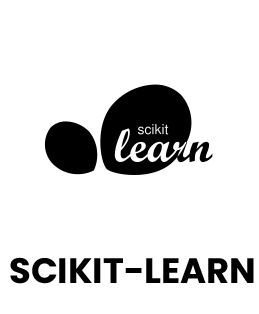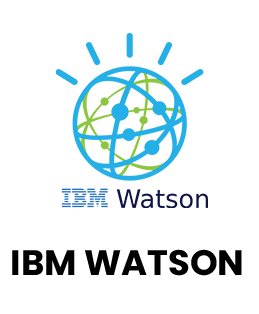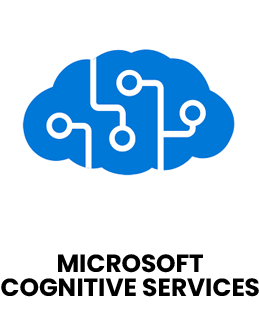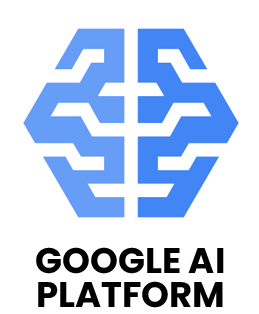1. What is Artificial Intelligence and how is it transforming industries?
Ans:
Machines can learn, reason and adapt to simulate human intelligence thanks to artificial intelligence. It is transforming industries by automating repetitive tasks, analyzing massive datasets, enhancing customer experiences and making faster decisions. From healthcare to finance, AI helps optimize operations and drive innovation.
2. How is Machine Learning different from traditional programming?
Ans:
In traditional programming, rules and logic are explicitly coded. On the other hand, machine learning enables algorithms to identify patterns in data and base their judgments on those findings. This makes ML more flexible and effective for tasks like prediction, recommendation and pattern recognition in complex, data-rich environments.
3. What are some common types of Machine Learning and where are they used?
Ans:
The three primary classifications are reinforcement learning, unsupervised learning and supervised learning. Credit scoring and spam detection both use supervised learning. Unsupervised learning helps in customer segmentation. Reinforcement learning is used in robotics or game AI. Each type serves different problem solving needs based on data availability.
4. What are neural networks and how do they work?
Ans:
Neural networks are algorithms made up of layers of interconnected nodes (neurons) that are modeled after the structure of the human brain. They travel through activation functions, process incoming data, apply weights and produce predictions. They excel at tasks like audio processing, image recognition and natural language processing.
5. What is the difference between AI, Machine Learning and Deep Learning?
Ans:
The goal of the broad field of artificial intelligence is to create the machines that are capable of carrying out tasks are call for intelligence similar to that of humans. Enabling machines to learn from data and make defensible conclusions is the main goal of machine learning within artificial intelligence. Deep learning is a advanced kind of machine learning, uses layered neural networks to identify complex patterns, particularly in domains such image processing and natural language understanding.
6. What is Natural Language Processing and how is it applied in business?
Ans:
Natural Language Processing (NLP) allows machines to understand, interpret and generate human language. It is used in chatbots, document classification, sentiment analysis and voice assistants. Businesses use NLP to automate support, extract insights from text data and improve communication with users.
7. How is a machine learning model's performance assessed?
Ans:
The model's performance has been assessed utilizing metrics such as MSE and MAE for regression or accuracy, precision, recall and F1 score for classification tasks. Its also important to check for overfitting or underfitting and to use cross validation to ensure the model generalizes well to new, unseen data.
8. What steps do you take to prevent overfitting in a model?
Ans:
To prevent overfitting, I use techniques like regularization (L1 or L2), dropout in neural networks and early stopping during training. Cross-validation is also useful. Additionally, simplifying the model or increasing the training data can help improve generalization to real-world inputs.
9. What are some ethical concerns related to AI?
Ans:
AI can raise concerns such as bias, privacy, lack of transparency and job displacement. Bias in training data may lead to unfair outcomes. Ethical AI development involves using diverse datasets, building explainable models, ensuring accountability and following data privacy regulations.
10. Why are you interested in working in the field of Artificial Intelligence?
Ans:
AI attracts to me because it can address practical issues and improve people's lives in variety of sectors. It combines technical challenge with practical impact. I want to contribute to building intelligent systems that are ethical, reliable and aligned with business goals while continuously learning in this fast-evolving field.





















